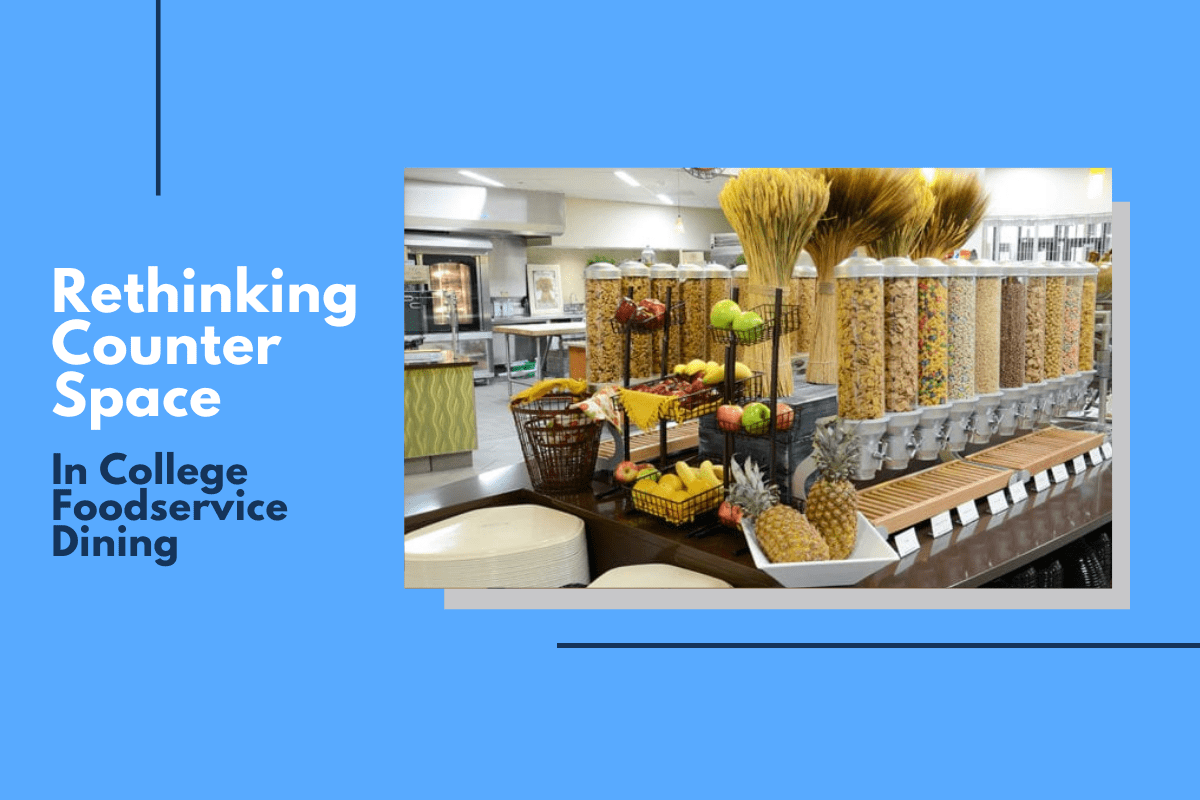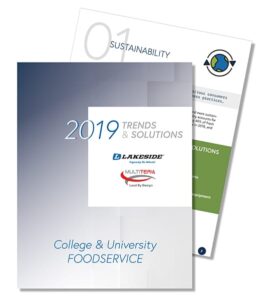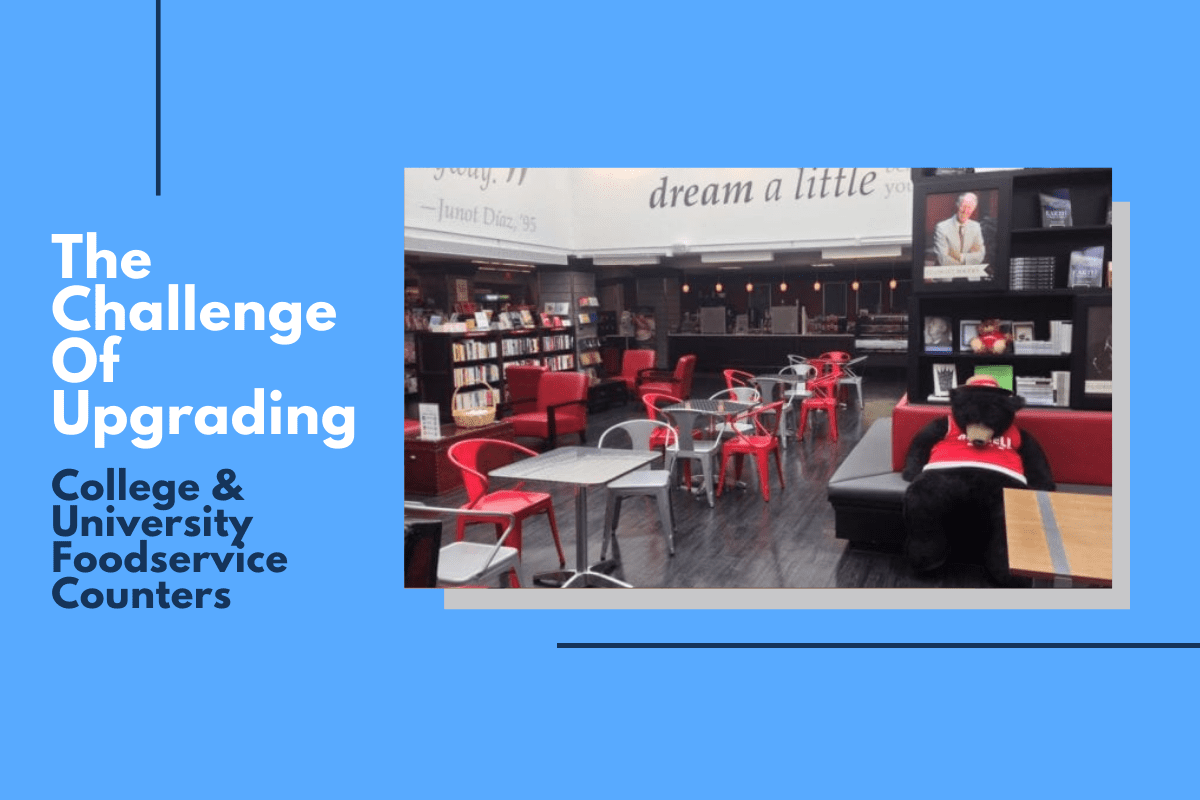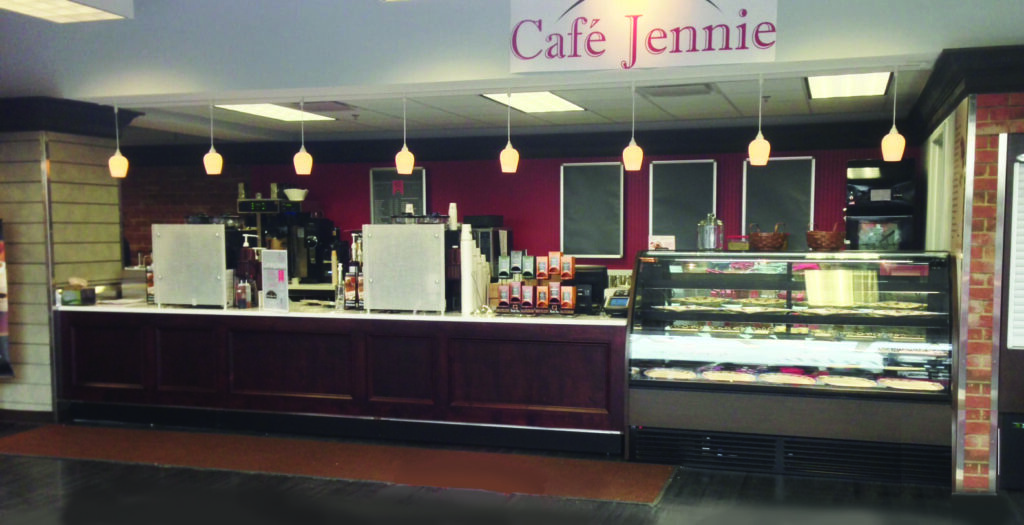
The statistics are staggering. We waste as much as 40 percent of our food supply by throwing it away.
Essentially, that's like throwing away two $20 bills every time you bank out $100 from an ATM machine, and when you add it all up, it totals more than $160 billion annually. That's a lot of food, and it's certainly a lot of money.
Despite all the efforts by celebrity chefs like the late Anthony Bourdain to draw attention to these statistics and some of the creative efforts by countries and organizations to try to reduce it, food waste is still an enormous problem globally and is probably the biggest foodservice challenge here in the United States.
These facts are no different in healthcare generally and in senior care communities specifically. So how can it be reduced? Start by asking about the reasons food is thrown away, and the number one culprit is likely to be related to residents.
Essentially, food is being thrown away because though it may be served on the plate and lists are read, residents essentially don’t want it, aren’t eating it, and significant unwanted food is being thrown out.
Reasons Residents Choose Not to Eat and How to Prevent Those Foods from Being Wasted
PORTION SIZES
This is certainly the top contributor. If residents are receiving plates with too much food, a lot of that food is being thrown away. If patients are still hungry, they can always ask for more. But if those plates are portioned out with too much, that food cannot be reused and must be thrown away.
PREFERENCES
If meals are pre-determined in terms of what's being served, residents won't always have the chance to opt out of part of the plate they may not like. Food preferences can easily change but info sheets/tickets don’t always stay up-to-date. Standardizing plates that arrive without choice can result in foods being thrown away because they're not preferred.
STAFF MAKING ASSUMPTIONS
Too often, staff are in a rush and find it faster to make decisions on behalf of residents because they just assume they know what residents want. The problem is no one can decide really for someone else without a conversation. Too often in residential care, decisions are made on behalf of residents and this especially happens in the dining room on a daily basis.
What's the alternative? Self-determined meals.
How about this as a novel thought: Instead of bringing pre-selected plates to patients in a dining room, how about bringing the meal service to them so they can select what -- and how much -- they want, that follows all the CMS regulations and food safety guidelines. And it takes no extra staffing levels to do so.
By switching to this method alone, senior care communities can save enormous amounts of money on food that is typically thrown away. Even better, self-determined meals will also allow operators to provide a higher level of hospitality and results in residents more satisfied with the overall level of care received.
Does your senior care foodservice stack up?
You can learn more about ways to increase the level of foodservice in your senior care community, as well as how your operation rates, by taking our quick senior care foodservice assessment.













